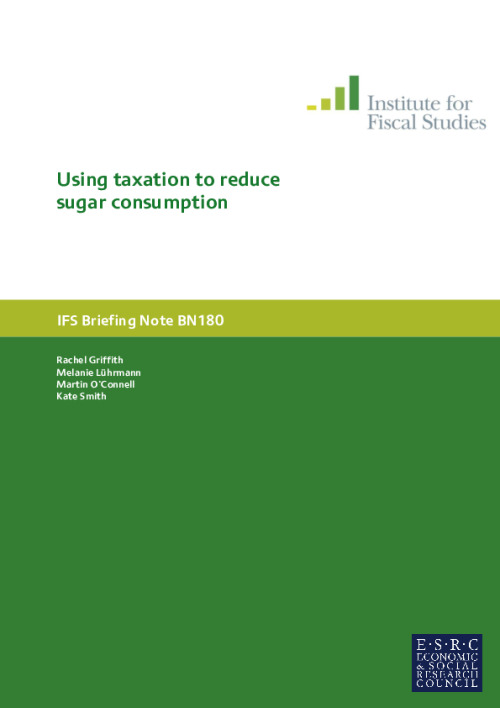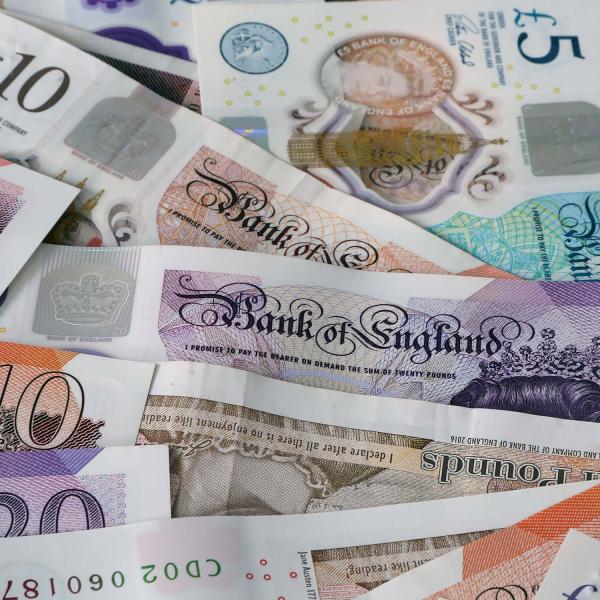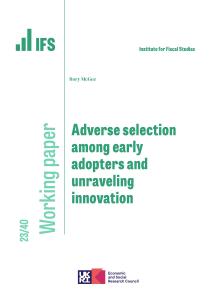In the recent Budget, the Chancellor introduced a tax on the sugar content of soft drinks, citing concerns about childhood obesity. This tax will be introduced in 2018 and will not apply to fruit juices or milk-based drinks. It has followed calls from various bodies for intervention to reduce people’s sugar consumption. In this briefing note, we provide some descriptive evidence on the main sources of dietary sugar and we lay out some of the economic issues related to the introduction of a tax on sugar.
The key points in this note are:
- In the recent Budget, the Chancellor introduced a tax on the sugar content of soft drinks, citing concerns about childhood obesity. This tax will be introduced in 2018 and will not apply to fruit juices or milk-based drinks.
- Government intervention to reduce sugar intake is potentially justified if there are costs associated with consumption that are not taken into account by the individual when choosing what to eat – for example, the publicly-funded health costs of treating diet-related disease or unanticipated future health problems.
- The extent of these costs is likely to vary across individuals and potentially across different types of products.
- Corrective taxes, such as the kind levied on cigarettes, alcohol, fuel and other goods that are thought to have high social costs, should aim to raise the price to bring the costs perceived by an individual into line with the true costs associated with their consumption.
- An appropriately-defined tax base can help to ensure that a tax is better targeted at socially costly consumption. The tax base will determine the way that the tax changes relative prices faced by individuals, and hence how they switch across products in response.
- A tax levied on sugary soft drinks has the advantage that reduction in consumption of these products is not likely to directly adversely impact other aspects of diet quality. However, its effectiveness at reducing sugar consumption will depend on the products towards which people switch.
- Carbonated and non-carbonated soft drinks account for on average around 17% of the added sugar that households purchase. Therefore, a tax imposed on these products would target only a fraction of the average household’s total added sugar purchases.
- However, households that purchase the largest amounts of sugar get around twice as much of their sugar from carbonated and non-carbonated soft drinks as households that purchase the lowest amounts of sugar (based on a comparison of the top 20% and the bottom 20% of households’ share of calories from processed added sugar), making a soft drinks tax potentially well targeted.
- In addition, households with children purchase on average around 50% more of their added sugar from carbonated and non-carbonated soft drinks, compared with households without children, which also suggests that a soft drinks tax could potentially be well targeted.
- A broader-based tax levied on a wider range of sugary products would raise the price of products that collectively account for a larger fraction of added sugar, but is likely to be less well targeted – for instance, potentially strongly impacting consumers for whom the rationale for government intervention is weak.













